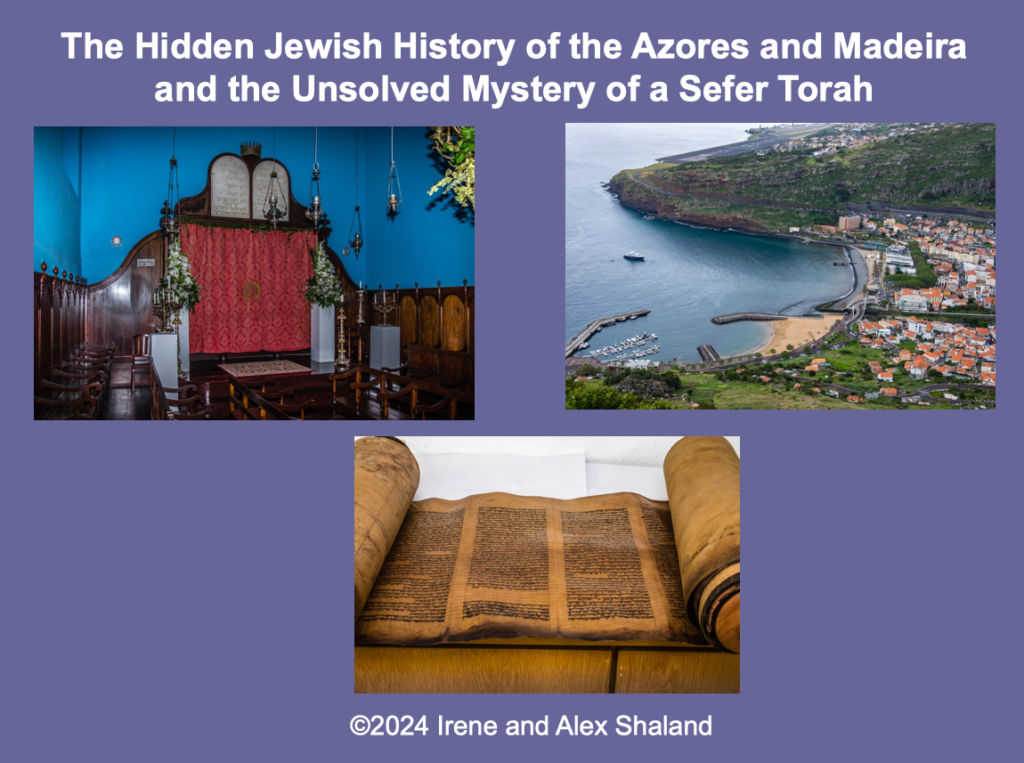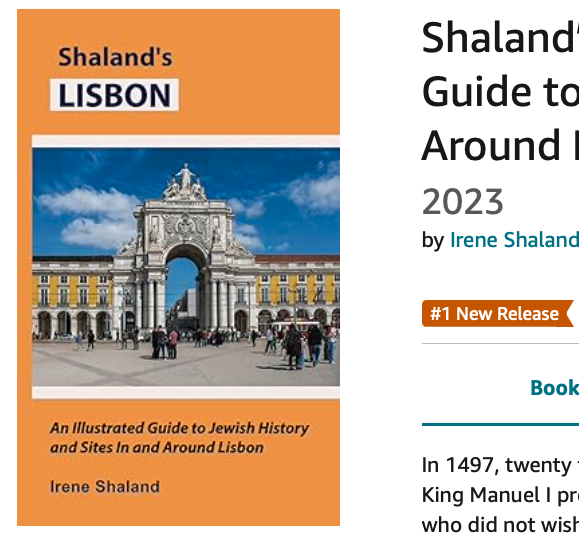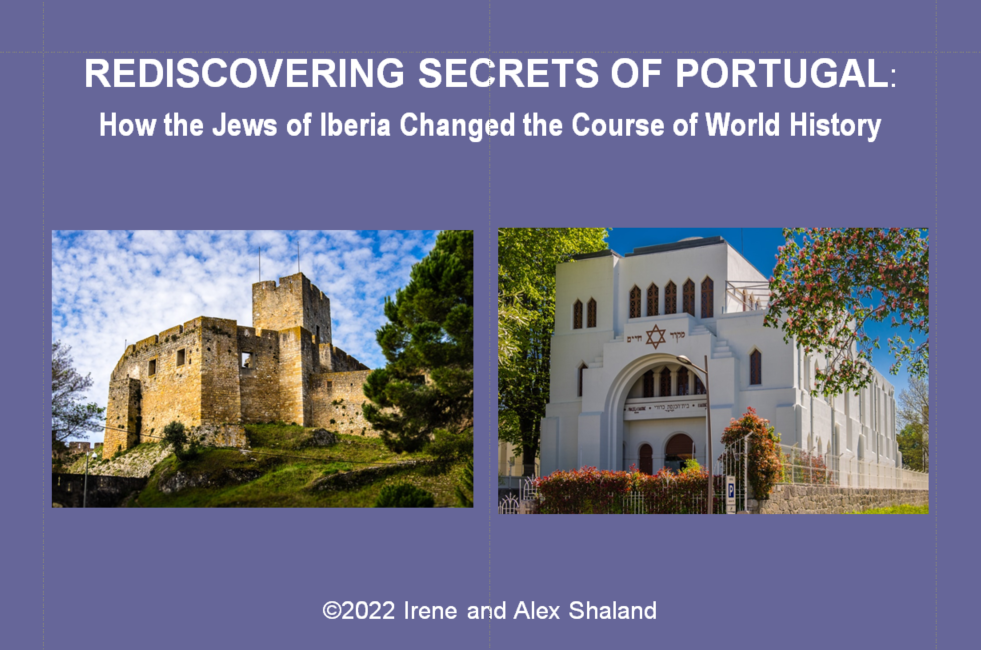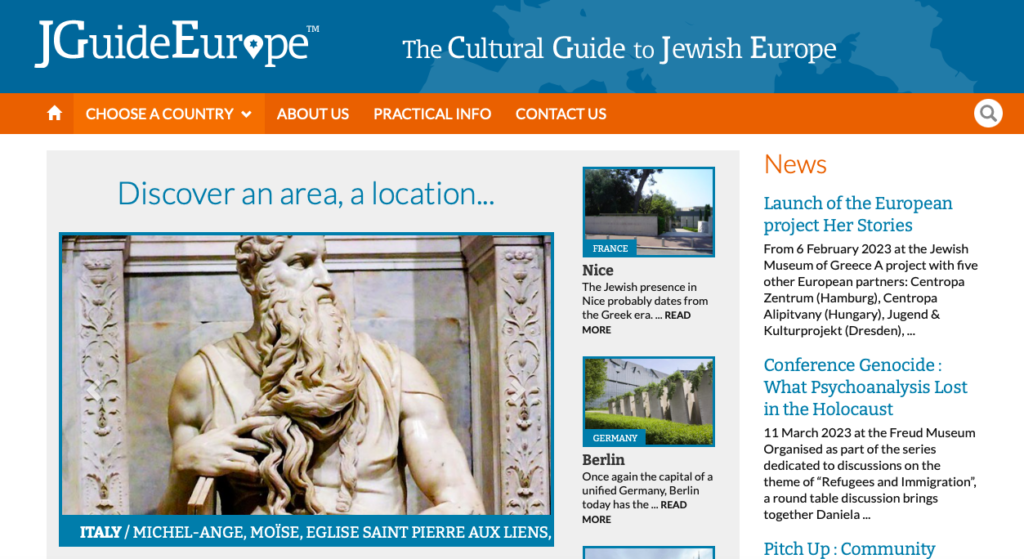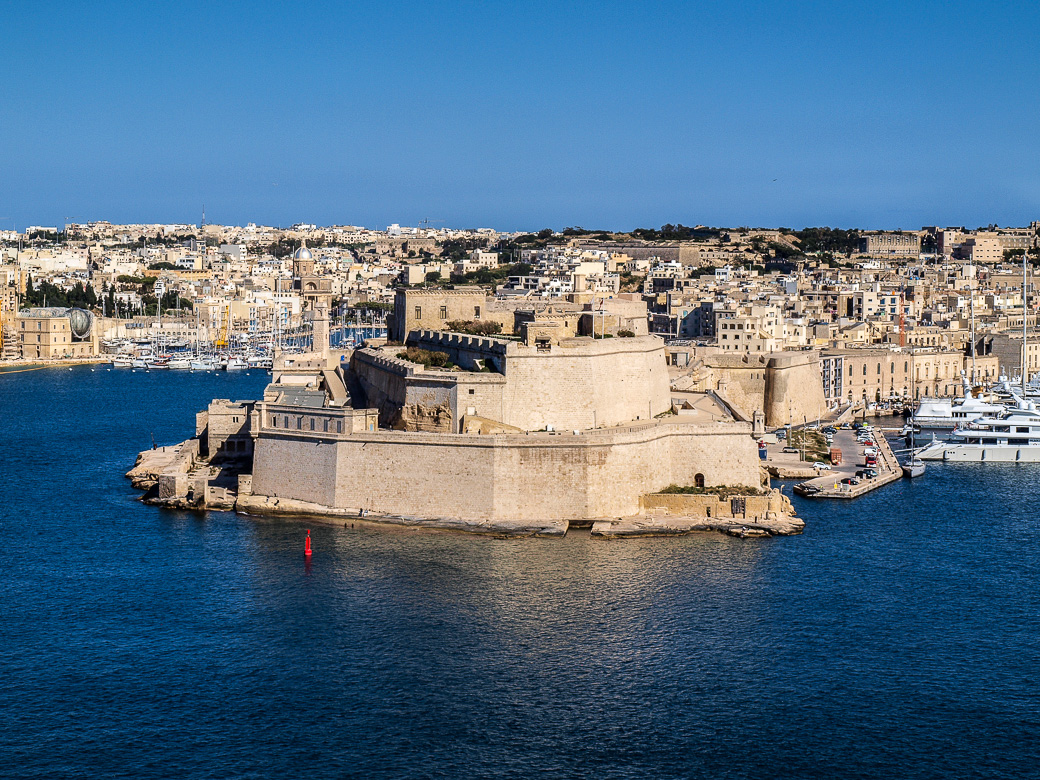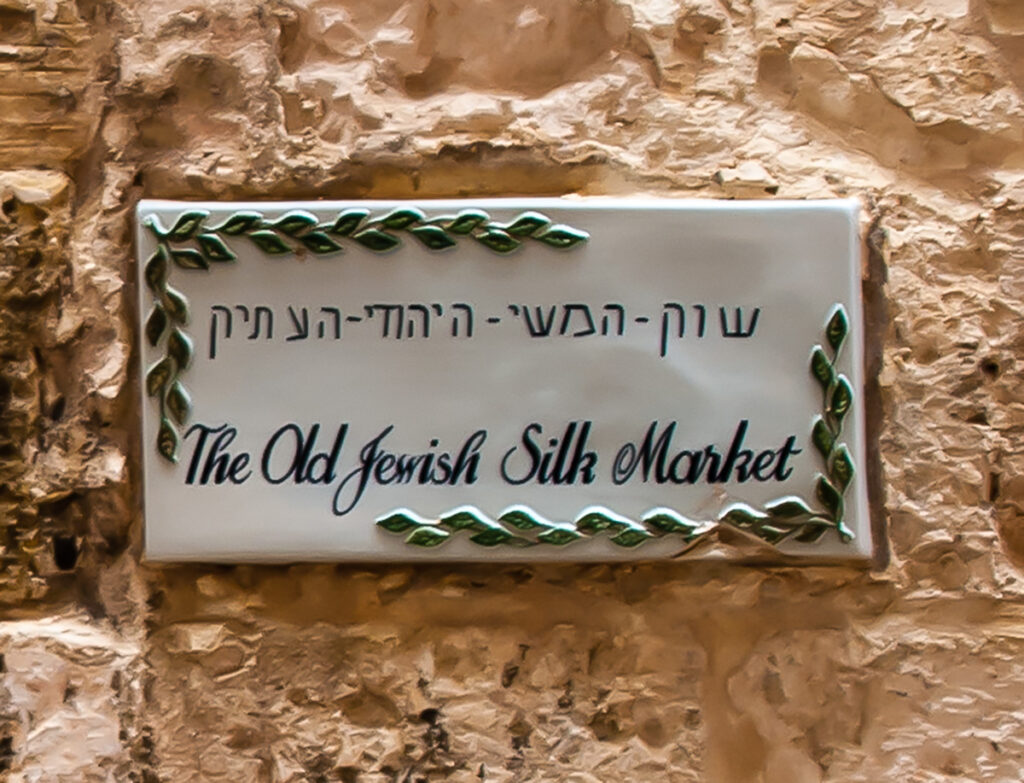
Review of “Shaland’s Lisbon” by: CB, Amazon reader
Link to book: https://amzn.to/4awMblb
★★★★★ A Fascinating Look at Lisbon
“For a deep dive into Lisbon’s Jewish history, we will reconstruct the past while traveling not only through the modern city but also through time.”
This book is a vivid and fascinating look into Lisbon through the lens of Jewish history and culture. Irene Shaland paints a colorful story spanning centuries from Biblical times to today through a close-up look at Portugal’s capital (and other beautiful locations too.)
The book is told through a broad look at each time period, and zooms in each chapter for a close-up look at Jewish life during the time. The information – told like a story, as if Irene were walking you right through Lisbon, with intelligent observation – is complemented by stunning photographs.
Shaland’s Lisbon is perfect for anyone curious about Jewish history, anyone going to Lisbon, or anyone just curious about the area (it feels like I got to take a little trip there!) The book is perfect for reading on the go, as it takes you through the streets and points out architecture and little details you otherwise might’ve missed.
Though I’m not Jewish myself, I enjoyed learning more, and was fully fascinated and entranced by Irene’s storytelling that brought Jewish life from centuries ago into the present. But be warned – once you start reading, you won’t be able to stop!
Check this book out: https://amzn.to/4awMblb
Read more about the Book Author Irene Shaland.


